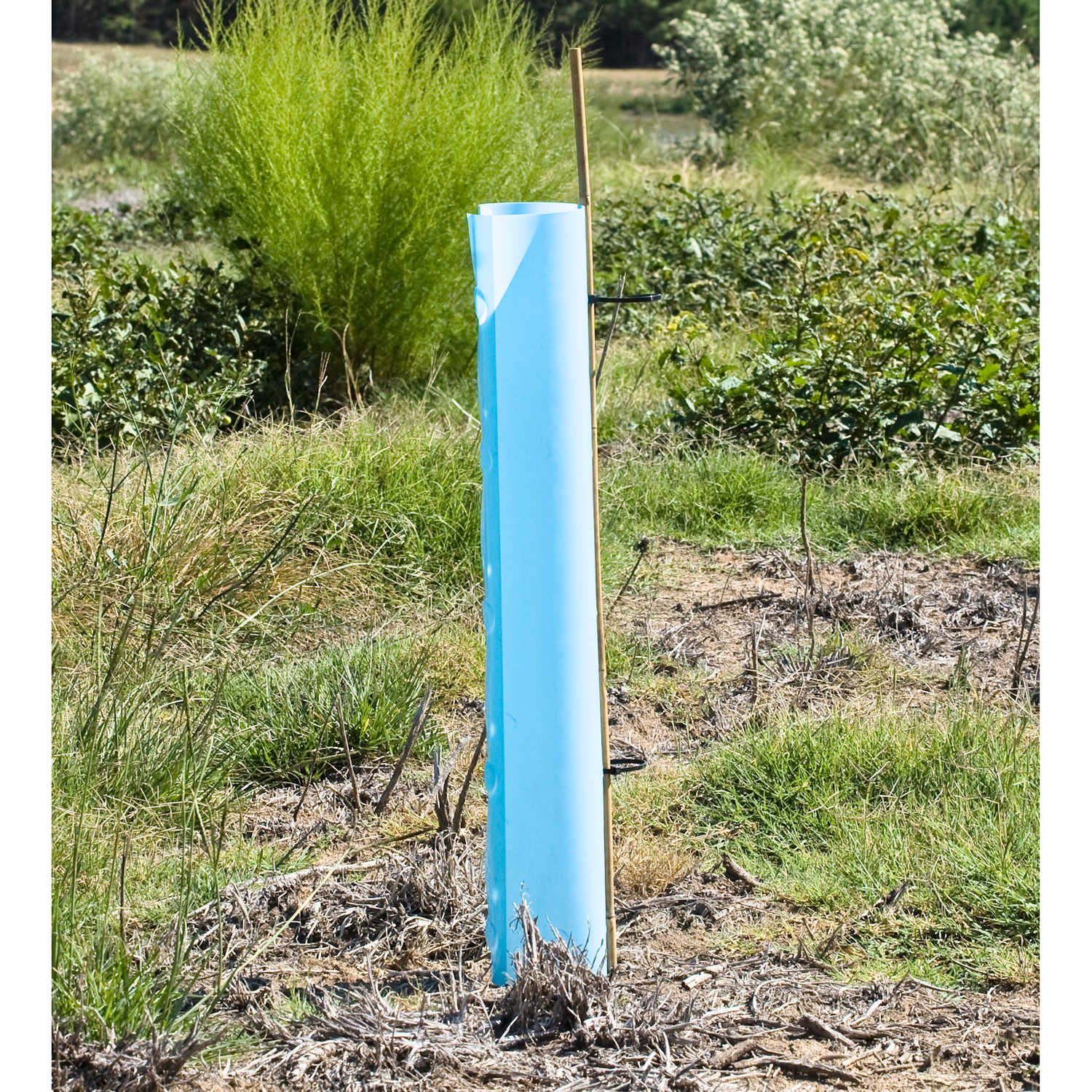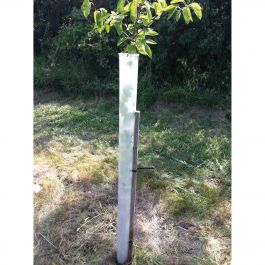I am prepping to pre-order tree seedling and any associated supplies. This spring I am planning on 25 tamaracks at $1 a pop and 25 eastern red cedar for $2.50 a pop. Should be under $100. In the past my occassional tamaracks I've gotten off the side of the road have done well but even if they end up growing tall they get trampled or rubbed by deer and destroyed. These two species shouldn't be high on the menu for deer, I generally avoid anything hardwood since I for sure would need major deer protection, hardwood is all I've currently got, and there is plenty of natural volunteers. How can I best protect tamaracks and eastern red cedar? Tree tubes for the tamaracks and cross my fingers for the cedar?
For tree tubes or other protection, any frugal suggestions? Paying more for the tree tube than the seedling really hurts.

 www.forestry-suppliers.com
www.forestry-suppliers.com

 www.qcsupply.com
www.qcsupply.com
For tree tubes or other protection, any frugal suggestions? Paying more for the tree tube than the seedling really hurts.

Protex® Pro/Gro Solid Tube Tree Protectors
Each 4˝ diameter tube speeds photosynthesis by trapping moisture, thereby raising relative humidity and ambient temperature inside the tube. Also protects the tree from animals, wind desiccation, small rodents, and insects. Use optional cable ties to install optional bamboo stakes or wood guard...

Miracle Tubes Tree Protector
Protect trees and encourage growth with Miracle Tube tree shelters. They feature a seamless, closed tube design and vents that allow fresh air to circulate around the tree.

